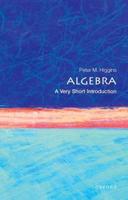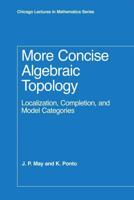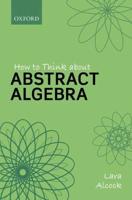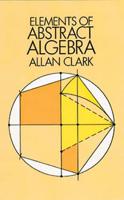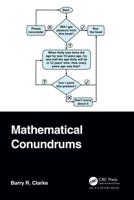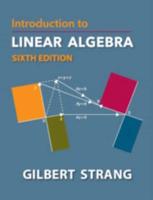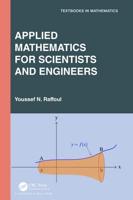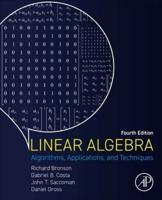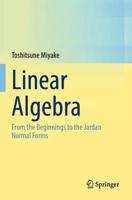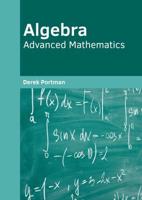Publisher's Synopsis
Excerpt from A Tract: On the Possible and Impossible Cases of Quadratic Duplicate Equalities in the Diophatine Anylysis
About three years ago I first began to consider and meditate on the subject matter of the following Tract, solely for the delightful pleasure and amusement the pursuit afforded me, and without the least idea of publication. By slow degrees I fell upon a systematic and regular method of proving the impossibility of several of the duplicate equalities treated of in the first two chapters of the Work, and by careful induction from the particular cases, I was soon led to the discovery of the new and useful general theorems for solving the possible eases given in Articles 10, 19, and 36, which enable us to find a set of answers (to a quadratic duplicate equality), in greater integers from a given set in less integers, by a method math more direct and expeditious than Fermat's. Indeed I believe these theorems are the first and only instance yet found for dispensing at all with the use of Fermat's method in such cases, and it is quite surprising that their discovery escaped the acute penetration of the illustrious Euler who touched so closely upon them in Art. 230 of his Algebra, which Art. Was my first clue, insight, and guide to this delightful province. My discovery of these general theorems, and of those given in Arts. 28 and 41, shews that Euler did not deduce from his Art. 230 above-mentioned, all the useful consequences that naturally follow from it.
About the Publisher
Forgotten Books publishes hundreds of thousands of rare and classic books. Find more at www.forgottenbooks.com
This book is a reproduction of an important historical work. Forgotten Books uses state-of-the-art technology to digitally reconstruct the work, preserving the original format whilst repairing imperfections present in the aged copy. In rare cases, an imperfection in the original, such as a blemish or missing page, may be replicated in our edition. We do, however, repair the vast majority of imperfections successfully; any imperfections that remain are intentionally left to preserve the state of such historical works.

